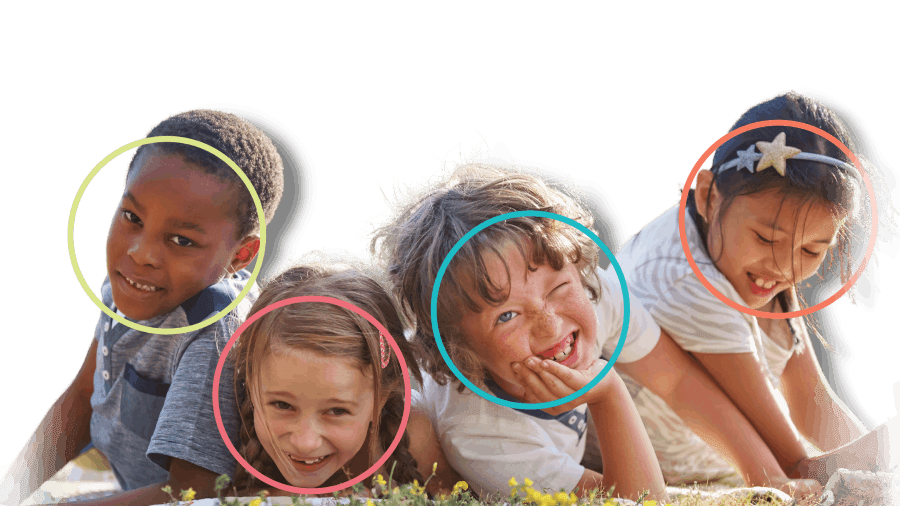The transition of heading back to school can be hard for students, but this year the start of the school year can be very intimidating for parents and children. This year, returning to school may be scarier due to the normal stresses of returning to school compounded with the unpredictable circumstances of the Covid-19 pandemic; not only are we are asked to understand and follow new back-to-school rules, but we are also asked to cope with so much uncertainty.
And depending on your family’s needs and with weighing the physical and mental health risks of keeping children in or out of school, it is evident that heading back to school is going to look very different for each family. But whether your child will go to school, learn from home, or a combination of both, there are still steps you can take to get ready for what may be an unusual year for school.
To support families, here are some tips to help parents and caregivers prepare for sending their children back to school this fall.
Get the Recommended Supplies
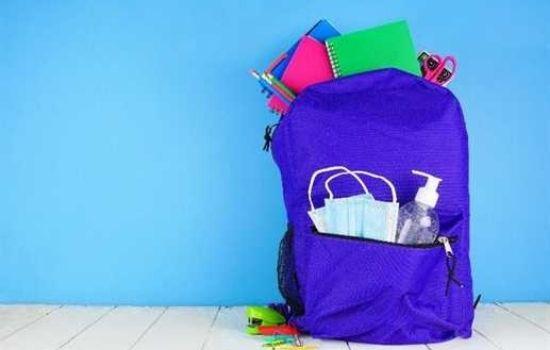
In addition to school supplies such as pencils, paper, and notebooks parents should supply their children with items that will help keep them safe against coronavirus while they're in school. The American Academy of Pediatrics (AAP) recommends safety guidelines for students and parents to follow when school is in session. This includes social distancing, cleaning and disinfecting, and wearing face masks. Make sure to send your child with face masks and if possible with hand sanitizer to avoid getting sick or spreading potential infections.
Encourage and Practice with Your Children to Wear Masks
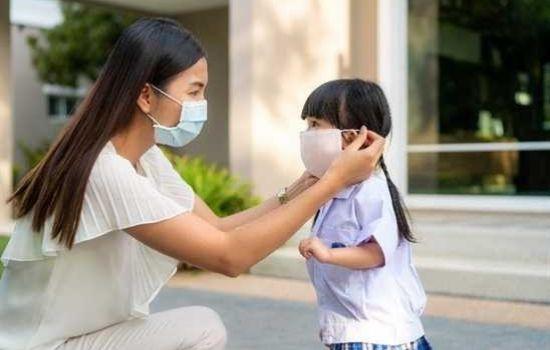
Convincing children to wear masks can be difficult. For some children, it can be uncomfortable; they may struggle with the texture and the barrier on their face. Other children may not understand the reason behind wearing masks. Explain to your child the reason they need to wear a mask, and, just as importantly, be a role model to your child and follow mask etiquette by wearing masks where they are required. Then take time to practice putting on, wearing and taking off their masks. This can be made fun through making and decorating their own masks, teaching their dolls and stuffed animals to wear masks and wearing them during engaging activities such as screen time.
Practice Proper Hygiene
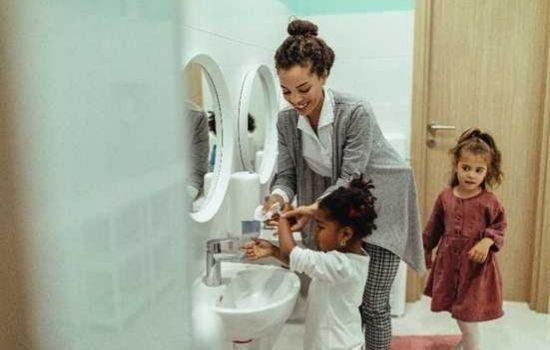
Introducing good hygiene behaviours will be beneficial for parents whose children return to school this year. Children will be asked to follow good hygiene routines at school. By giving them a head start they will know what to expect and how to wash their hands properly. Use these last few days before heading back to school as a training opportunity for proper handwashing and hand sanitizing.
Be a Role Model for Our Children
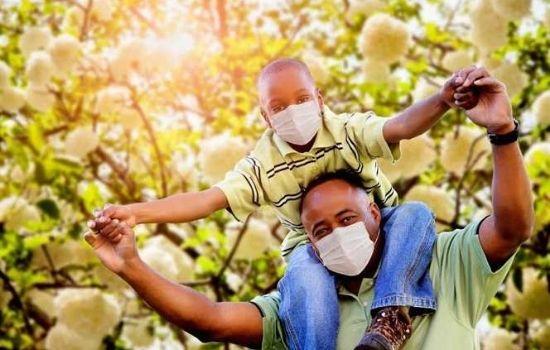
If we want our children to adopt certain behaviours and follow coronavirus safety guidelines, parents need to set a good example and model the behaviours that we want our children to engage in. This means that parents should wear masks where required, practice physical distancing from other people, and model proper hygiene behaviours. Our words and our attitude towards safety measures and returning to school also make a difference. Using positive language will make a positive difference in your child’s transition to school.
Get Back into a Nighttime Routine
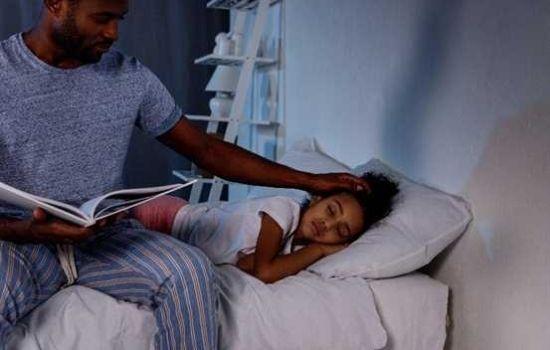
If parents haven't started easing back into a sleep routine, now is a good time to start. Most experts agree children need between 9-10 hours of sleep to function their best. It is common for parents to allow their children to stay up later during the summer holidays. If you have been allowing your child to stay up later, now is the time to start easing them into a regular sleep routine that allows for adequate sleep. Get into the habit of following a routine each night such as taking a bath, brushing teeth, putting on pajamas, and reading a book prior to bed. To learn more about getting your child to sleep check out the KIDTHINK blog.
Involve Children in the Process of Getting Ready for School
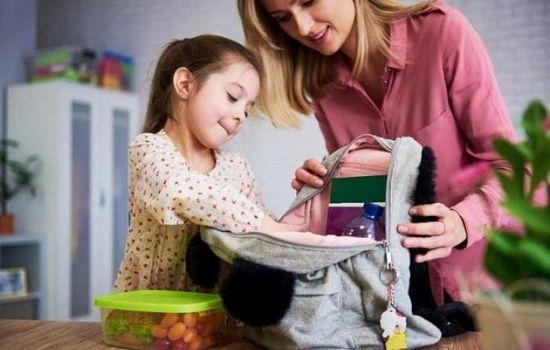
Involve children in the process of transitioning back to school. As adults, we tend to automatically do most of the back-to-school activities ourselves; maybe because it's easier to do it ourselves, maybe because we don't think our children have the skills, or maybe because we don't want to add stressors onto our children. But children need a sense of independence. Regardless of the child's age, you can start giving responsibilities to your child in getting things ready the night before. For example, if your child is young, parents can involve them by getting them to help pick out their clothes for the next day, as your child gets older they can be more involved in the process.
Have Conversations with Your Child
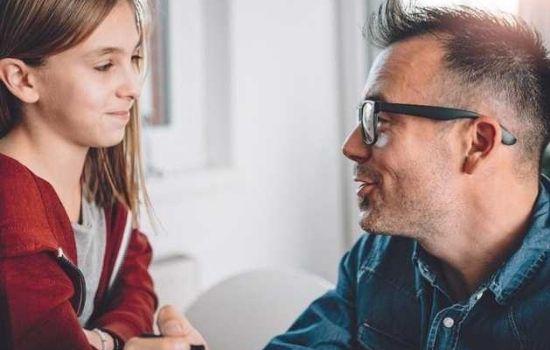
Many children worry this time of year and dread going back to school. This may be particularly true this year. Take the time to talk to your child and discover possible reasons behind their worries. Ask them questions with sincerity and curiosity, “why don't you want to go?” or “tell me about that,” and give them the opportunity to share what they are feeling. Once you understand their feeling and worries, you can provide them with reassurance and correct any misconceptions they may have. We might not have all the answers and that’s okay too. We can let them know that we can take things one day at a time and face things together.
Also, talk to them about what will be expected of them when they return to school. Let them know that they may need to wear masks when they are unable to physically distance from each other or that they may need to enter and exit by certain doors. Parents can also empower their older children by talking about strategies that they will use to follow guidelines, such as how to remind their friends to physically distance
Be Kind to Yourself
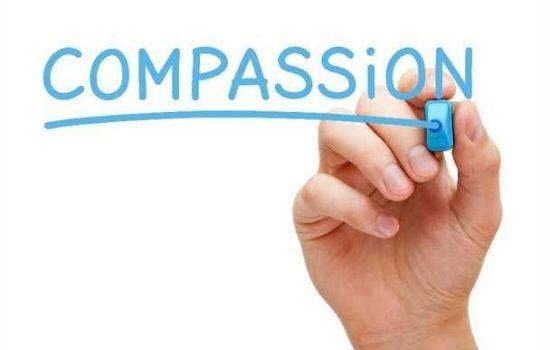
In the end, be gentle on yourself. If your children are not completely ready on the first day, if you haven't followed a strict nighttime routine, or if you don't have multiple face masks, it’s okay. Your child may be a little tired and the school will hand out a mask for those that require them. But remember to be kind to yourself. Being hard on yourself won’t make things better and will negatively impact your mental health. Modelling self-compassion is so important, especially during these times of uncertainty. Children are watching their parents for ways to deal with the stressors in life. Self-compassion and compassion for others are important skills that help our mental well-being and improve our community.

MORE COMMON THAN YOU THINK
- 1 in 7 children suffers from mental illness in Manitoba (Chartier et al., 2016).
- 70% of mental health problems have their onset in childhood or adolescence (Government of Canada, 2006).
There Is Hope The good news is that mental illness can be treated effectively. There are things that can be done to prevent mental illness and its impact and help improve the lives of children experiencing mental health concerns. Early intervention is best.
How KIDTHINK Can Help
To make a referral contact us
To subscribe to our newsletter click here
References
Chartier M, Brownell M, MacWilliam L, Valdivia J, Nie Y, et al. (2016). The mental health of Manitoba’s children. Winnipeg, MB. Manitoba Centre for Health Policy.
COVID-19 Planning Considerations: Guidance for School Re-entry, 2020. Retrieved from https://services.aap.org/en/pages/2019-novel-coronavirus-covid-19-infections/clinical-guidance/covid-19-planning-considerations-return-to-in-person-education-in-schools/
Government of Canada. (2006). The human face of mental health and mental illness in Canada. Minister of Public Works and Government Services Canada. Retrieved from https://cpa.ca/docs/File/Practice/human_face_e.pdf

